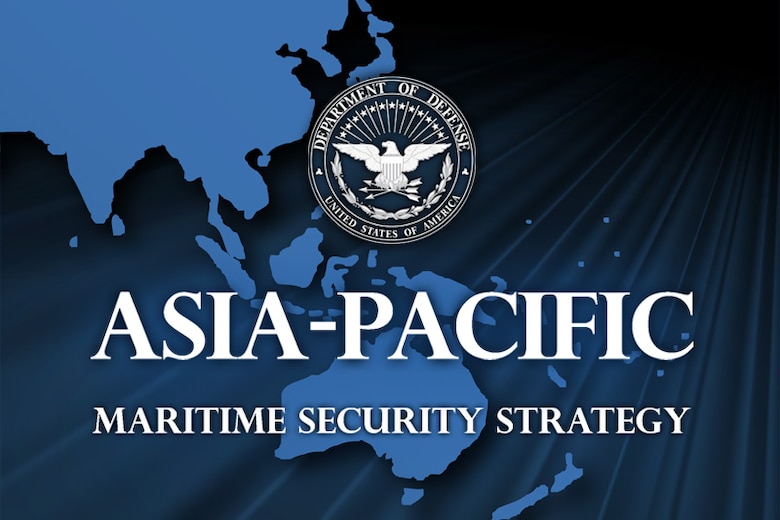
For full report go the following URL: http://www.defense.gov/Portals/1/Documents/pubs/NDAA%20A-P_Maritime_SecuritY_Strategy-08142015-1300-FINALFORMAT.PDF
The
The U.S.
will continue to use diplomacy, multilateral institutions and continued
engagement to protect free and open access to maritime Asia ,
while focusing on safeguarding the freedom of the seas, deterring conflict and
coercion, and promoting adherence to international law and standards, Shear
said.
And he reemphasized previous statements by U.S. officials that the United States takes no position over competing
claims for land claims in the South China Sea and the East
China Sea .
“We have a vested interest in ensuring that the claims are
resolved peacefully and without conflict or coercion,” Shear said, adding,
“however, there are several trends -- including rapid military modernization
growing resource demands and territorial maritime disputes -- which have the
potential to create instability in this vital region.”.
“While land reclamation is not new, and China is not the only claimant to have conducted
reclamation, China
DoD Investing in Capabilities in Asia-Pacific
Shear made it clear the United
States will maintain the necessary military presence and
capabilities to protect U.S.
interests and those of allies and partners against potential threats in
maritime Asia .
The United
States
“DoD is investing a new cutting-edge capability, deploying
our finest maritime capabilities forward, and distributing these capabilities
more widely across the region,” he said. As Defense Secretary Ash Carter has
said, “the United States
will continue to fly, sail and operate wherever international law allows, as U.S.
The United
States
Leveraging Defense Diplomacy
“We’re building greater interoperability and developing more
integrated operations with our allies and partners,” he said.
The United
States
“Through these venues, we aim to promote candid
conversations about ongoing challenges in the maritime domain and encourage
greater information-sharing and cooperative solutions,” he said.
http://www.defense.gov/News-Article-View/Article/614488/us-outlines-asia-pacific-maritime-security-strategy

No comments:
Post a Comment
Note: Only a member of this blog may post a comment.